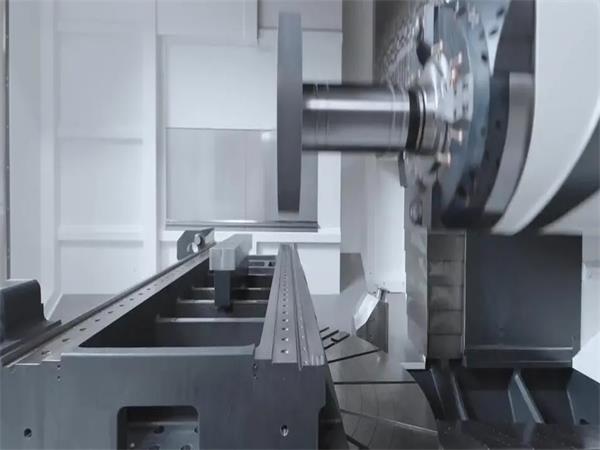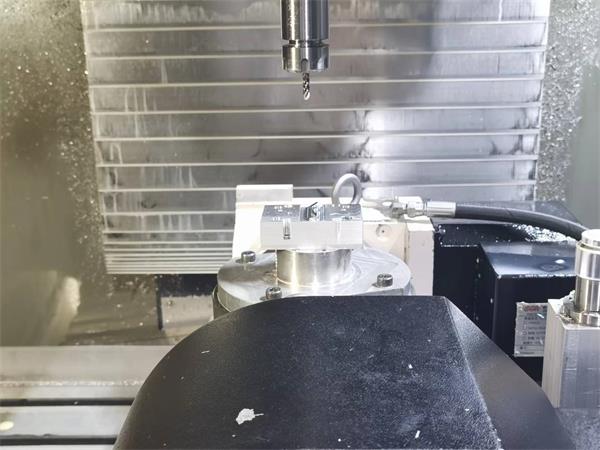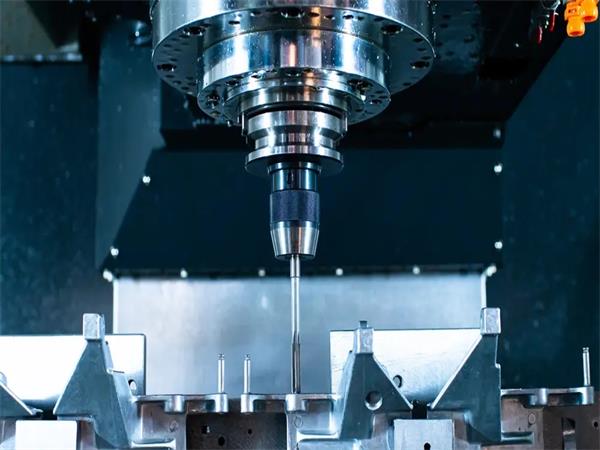 Nov. 15, 2022
Nov. 15, 2022
When machining in stainless steel, there are a number of common issues that limit efficiency:
Poor machinability
Poor surface finish
Low speed
Stainless steel has long been crucial for many applications because of its strength, durability and resistance to corrosion. You can find stainless steel wrenches, stainless steel cabinets and stainless steel auto parts in many different fields. Many purchasers are active in online search supply of stable stainless steel machining manufacturers, and Xu Feng is one of the good choices.

Unluckily, from a metalworking perspective, the excellent characteristics that make it perfect for wide applications also mean that it can be a challenge to work with. Here we list three main challenges stainless steel presents in machining and share some tips on how to overcome them.
1, Poor machinability
The poor machinability of especially difficult stainless steel alloys, such as duplex stainless steel, increases production costs. compared to other kinds of material, stainless steel has a significantly lower heat conductivity, which means it easily gets hotter locally when machining, making some material-removal tasks, such as the chips, difficult.
At the same time, the forming strength of stainless steel parts is tremendous during machining, which is necessary to grasp the strength of the cutting accurately.
In addition, stainless steel machine parts cutting may encounter tangential stress, large plastic deformation and other problems

The most effective way to minimize the risk of overheating, the large strength and deformation are to select a low-speed tool, running below 4000rmp which maybe is a good choice, because the relatively low speed allows enough time for the heat transferred faster, enabling the work to continue as long as it needs.
2, Poor surface finish
Stainless steel contains a high melting point and plasticity is large, which leads to serious tool wear during machining, causing poor chip control, which results in irregular stoppages and bad surface. The poor surface finish leads to increasing scrap rates and high costs.

There are no shortcuts to achieving a quality finish, it is essential to choose the correct tools and inserts and eliminate any risk of damage from cross-contamination during machining.
And the abrasive must be changed after using it on other materials, or the remains of the material will ultimately damage the stainless steel product when polishing the surface, it is also useful to compare the options available and select the best possible abrasive for each product, as their features differ which may result in different results.
3, Low speed
The price is higher to make the same part with stainless steel compared with aluminium, this is because stainless steel parts processing is easy to block and stick to the cutter and other problems, especially the very thin part. It's a high-risk task to remove material in the product, in order to avoid this, the work needs to be carried out extremely carefully, which is time-consuming. At the same time, to get a good surface, usually grinding is needed after CNC machining, which slows down the entire production flow.

So an experienced engineer will help you to choose the correct tools for your application when machining stainless steel, roughing, finishing, slotting and high efficiency toolpaths can all be optimized by choosing the correct style of tools. And Selecting the right abrasive can also help speed up the process and contribute towards the best possible finish.
Xu Feng has rich experience in stainless steel parts machining and surface treatment, so if you have any questions about it, you can contact us for more details information. Welcome to talk to us.
 Previous: Rapid Prototype Aluminum Parts
Previous: Rapid Prototype Aluminum Parts